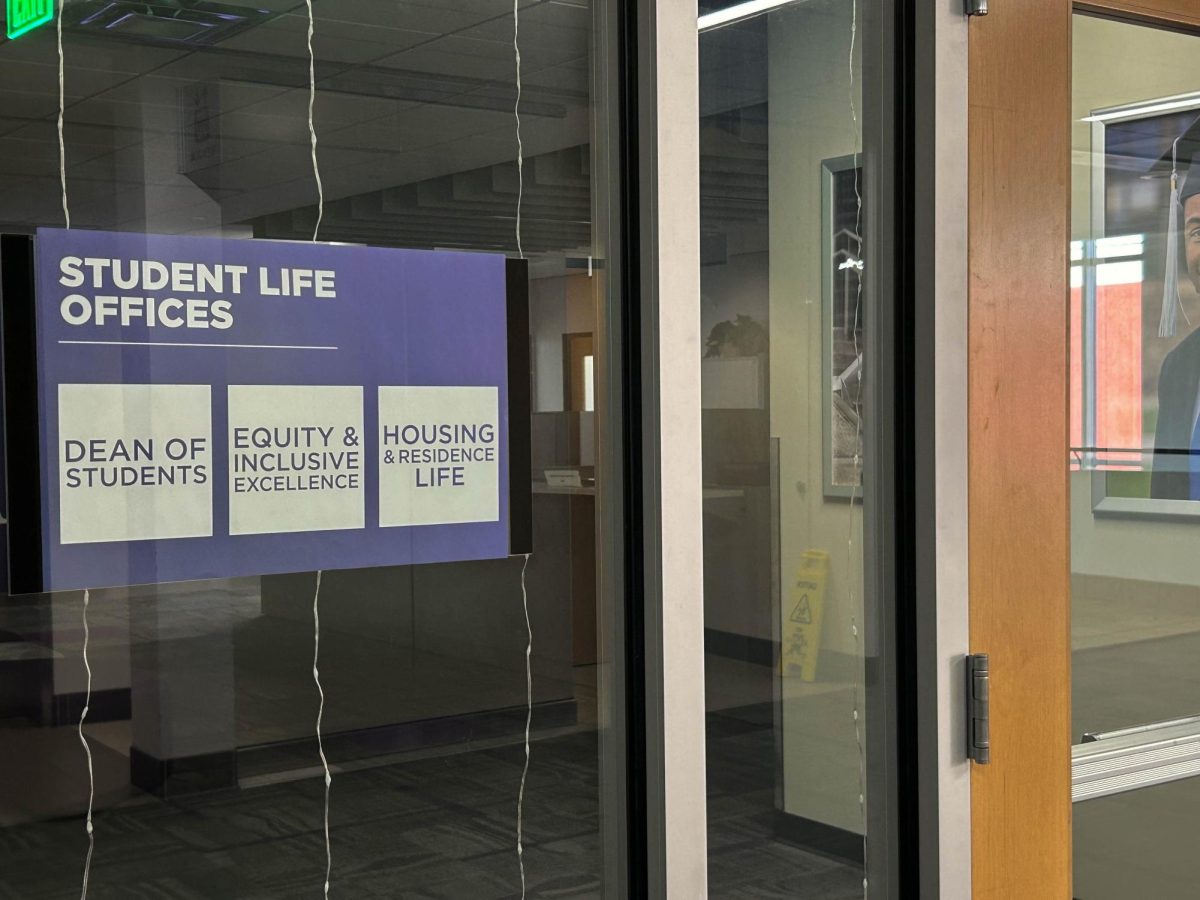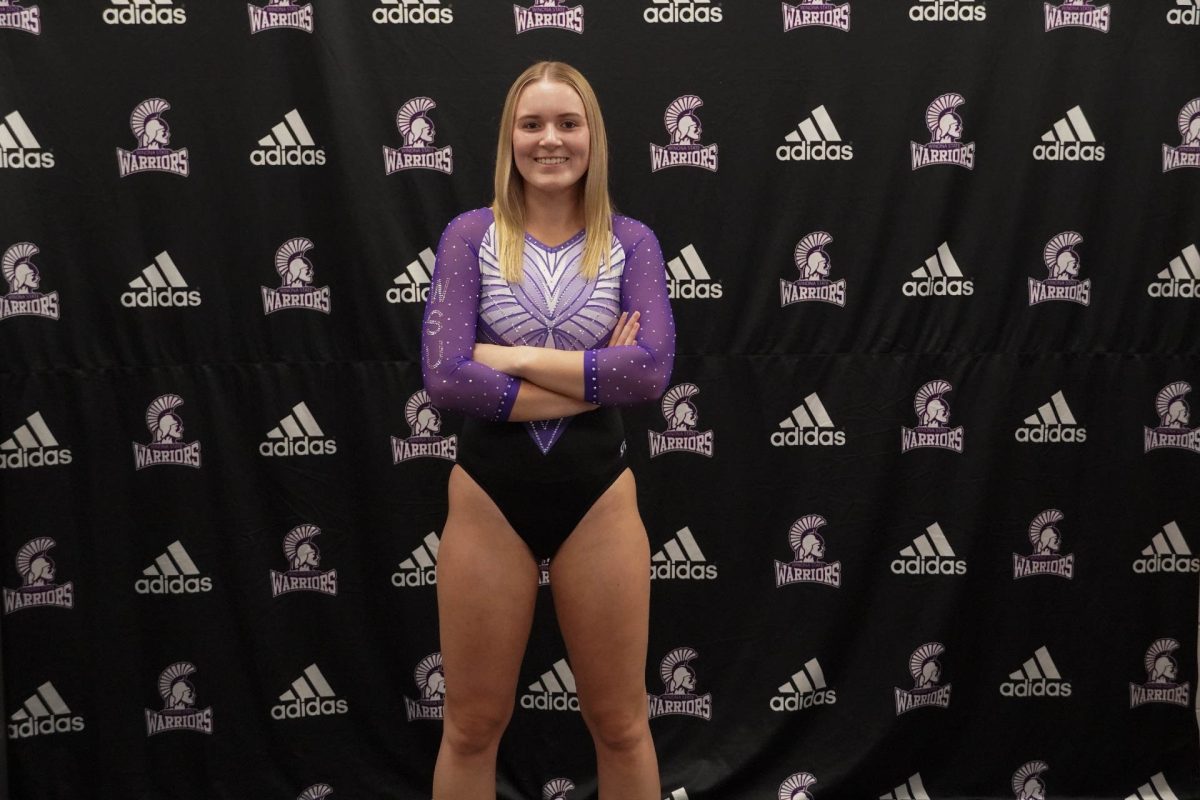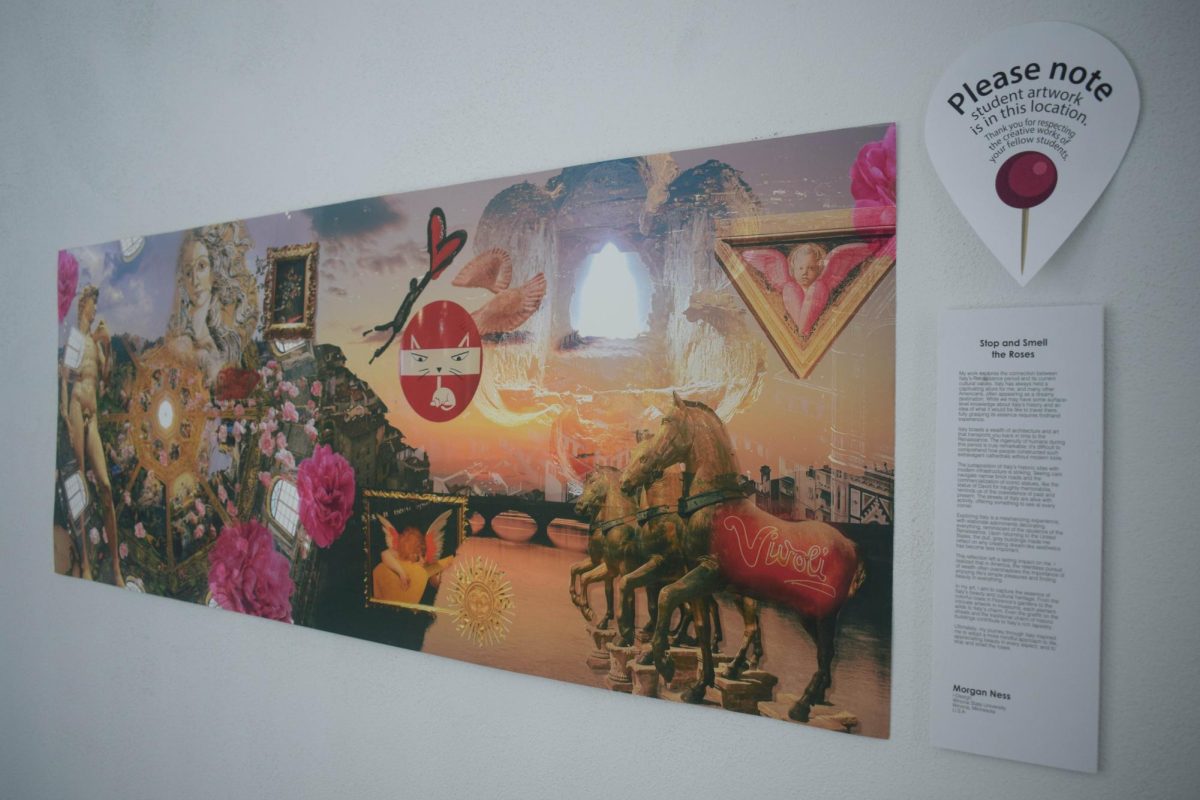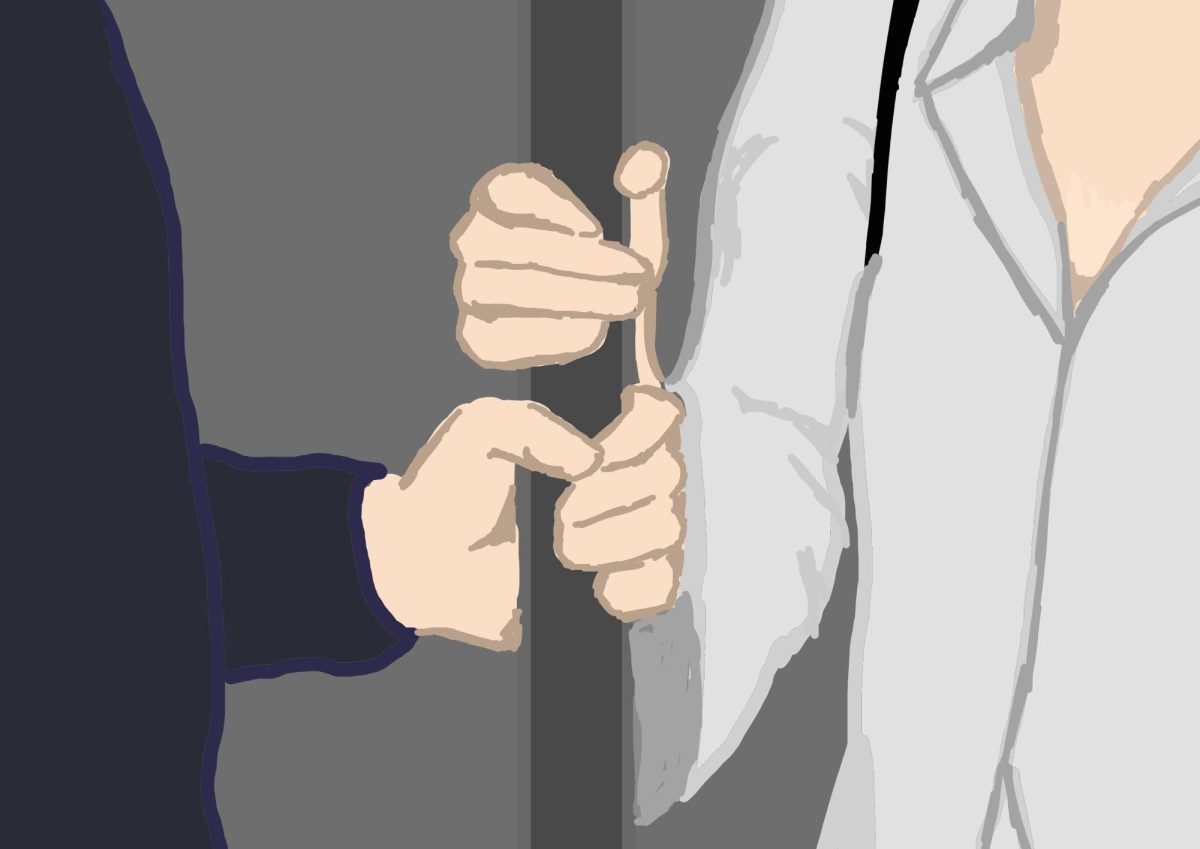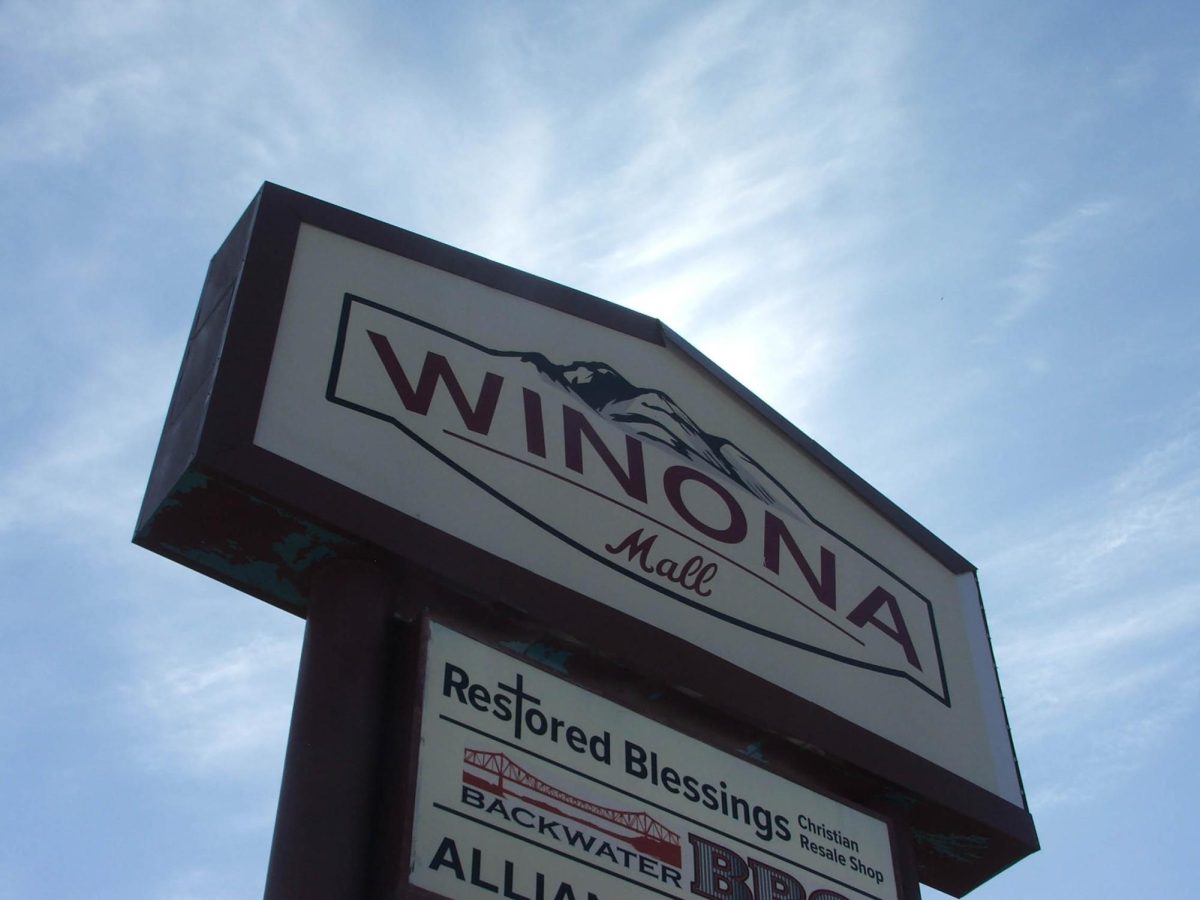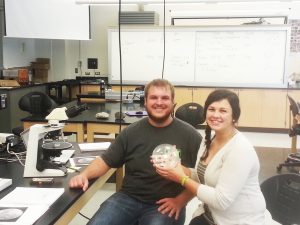
Benjamin Strand/ Winonan
Last week, NASA sent Winona State University a once-in-a-blue-moon learning tool: moon rocks.
Winona State had moon rocks on display last Thursday for geology students to examine – an opportunity that does not come around often.
Astronauts from Apollo 17 found the samples of the moon rock between 1969 and 1972.
Jennifer Anderson, a Winona State professor and planetary geologist said moon rocks are important to study because they help us understand the “unknown history of earth.”
“Moon rocks are well-preserved because there is no atmosphere on the moon,” Anderson said, “There aren’t elements like wind or water that cause erosion to things like rocks.”
Anderson said moon rocks preserve the first billion years of earth’s history.
Students were able to look at the moon rocks under microscopes called Petrological Microscopes, which are used to identify different rocks and minerals.
“Each mineral has a different atomic structure, and each mineral shows up as a different color under the microscope,” Anderson said.
The slides containing the moon rock are translucent, which means light can pass through them to help identify different elements of the rock.
Anderson said there are only a dozen different elements found on the moon as opposed to earth, which has hundreds of elements.
“Cross polarized lights help make the colors visible under the microscope,” Anderson said.
Drew Frey, a senior environmental geoscience major, said he feels lucky to look at rocks that do not come from earth.
“The average person doesn’t get the opportunity to see this stuff,” Frey said, “and I’m glad I got the chance to look at these moon rocks.”
Anderson said this is the second time she has been able to show moon rocks in her planetary geology class because of NASA.
“This is a really great resource that NASA makes available for undergrad students,” Anderson said, “We have these materials for two weeks then we have to give them back to NASA.”
She said she hopes to be able to have moon rocks every time she teaches planetary geology.





